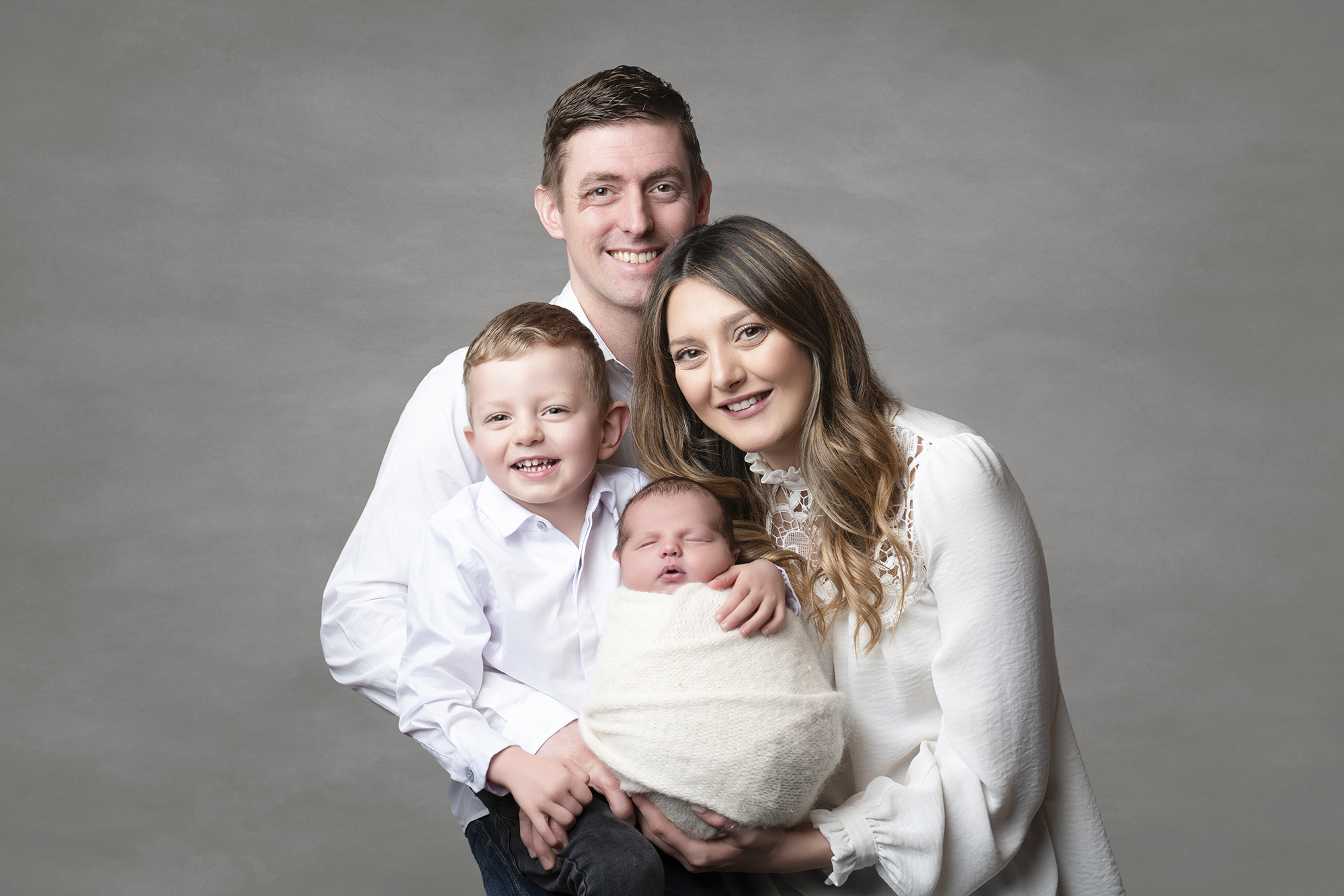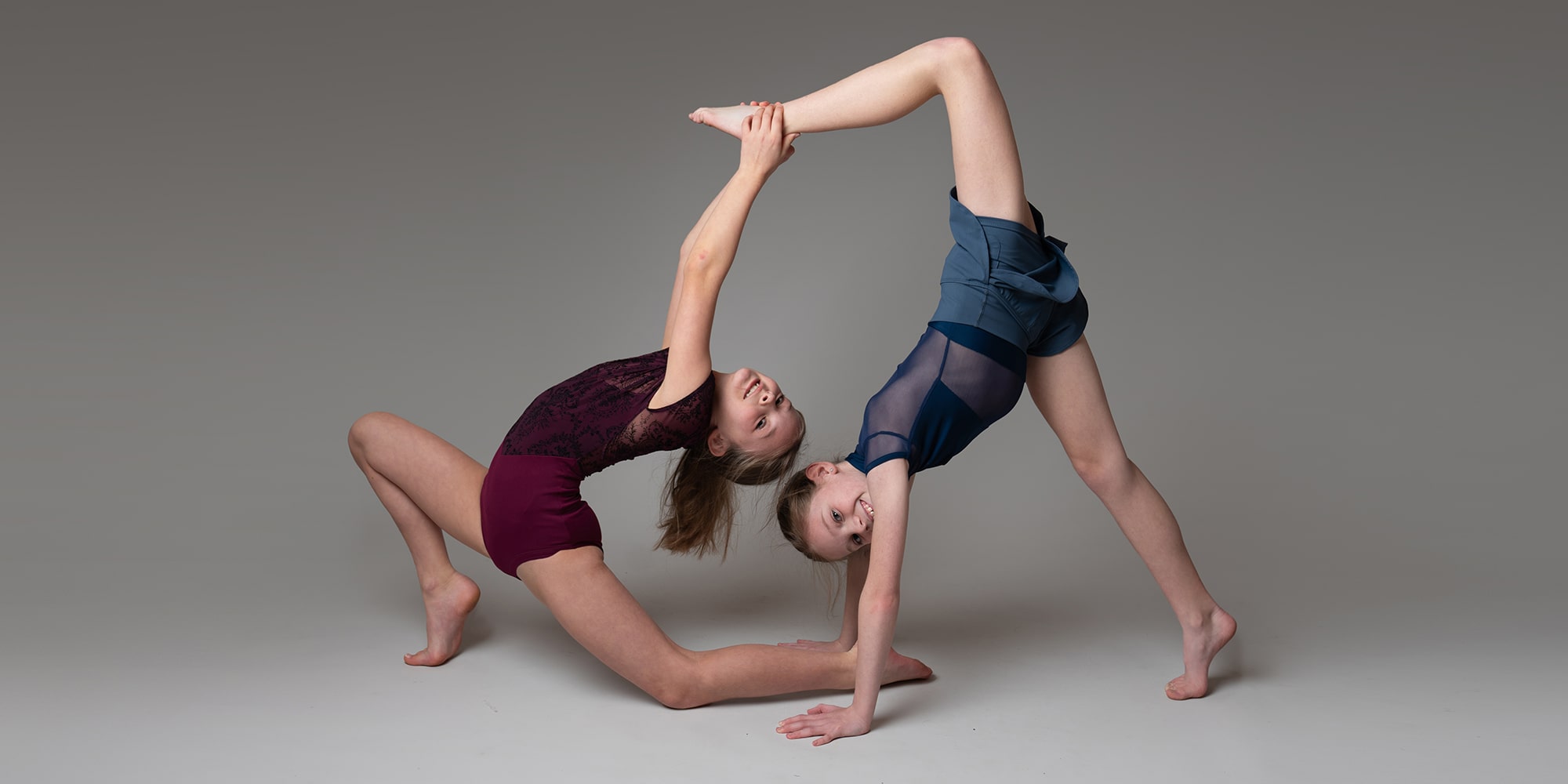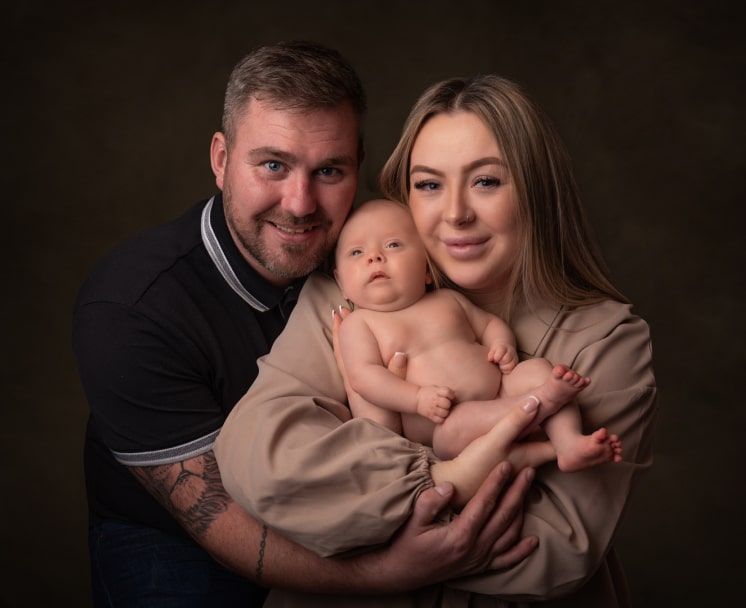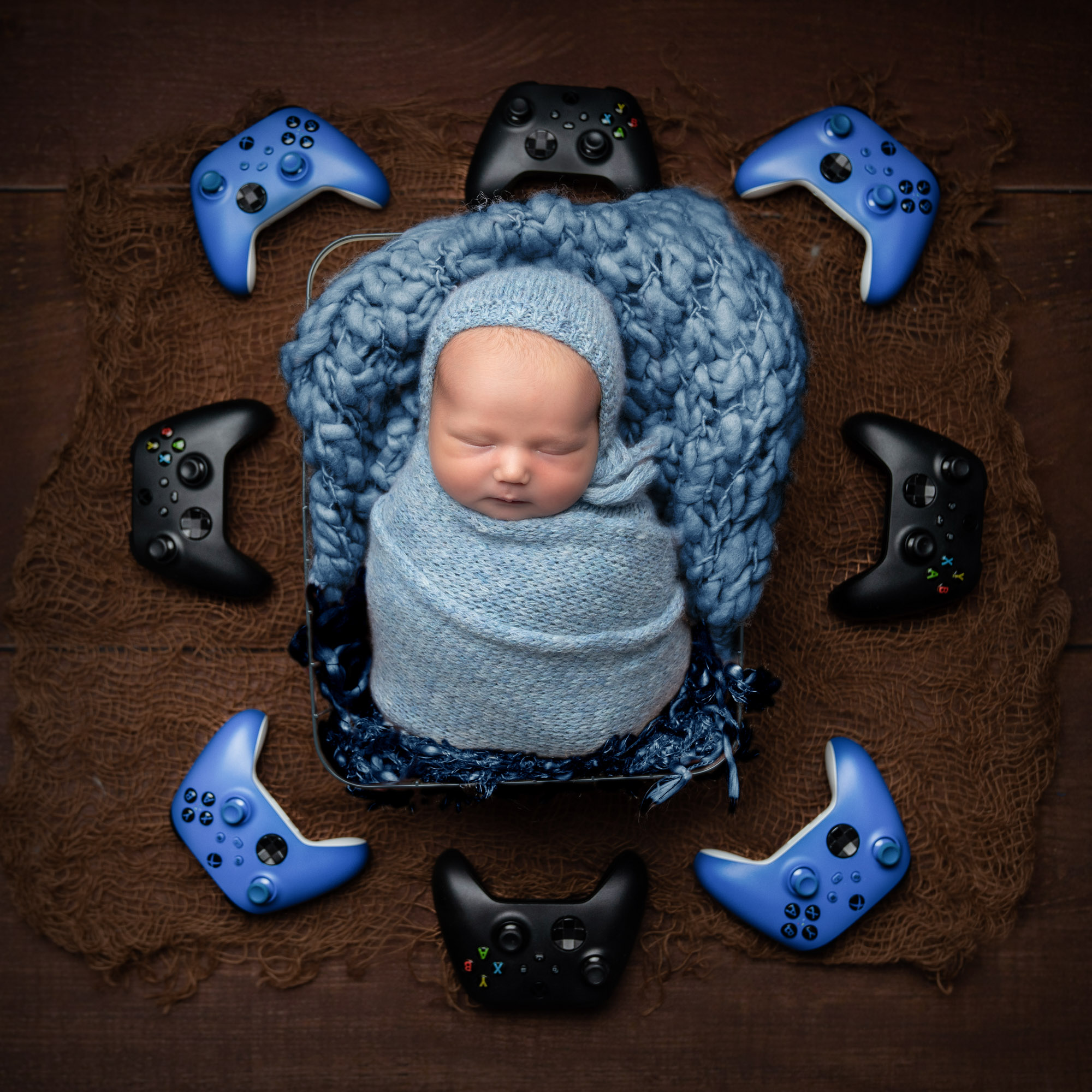Winter can be a challenging time for parents of newborns. With plummeting temperatures and unpredictable weather, it’s important to create a comfortable home environment that will keep your little one safe, healthy and happy. As a newborn photographer based in Rugby, I’ve had the pleasure of capturing the precious moments of many families with newborns, and I understand the importance of creating a warm and nurturing space for your baby.
Whether you’re an expecting mum or a new mum, you want the best for your child. But with so much information out there, it can be overwhelming to know where to start.
That’s why I’ve put together this guide on creating a comfortable home environment for your newborn in winter.
From temperature control to safe sleeping, I’ll provide you with practical tips and advice to help you navigate this exciting but challenging time.
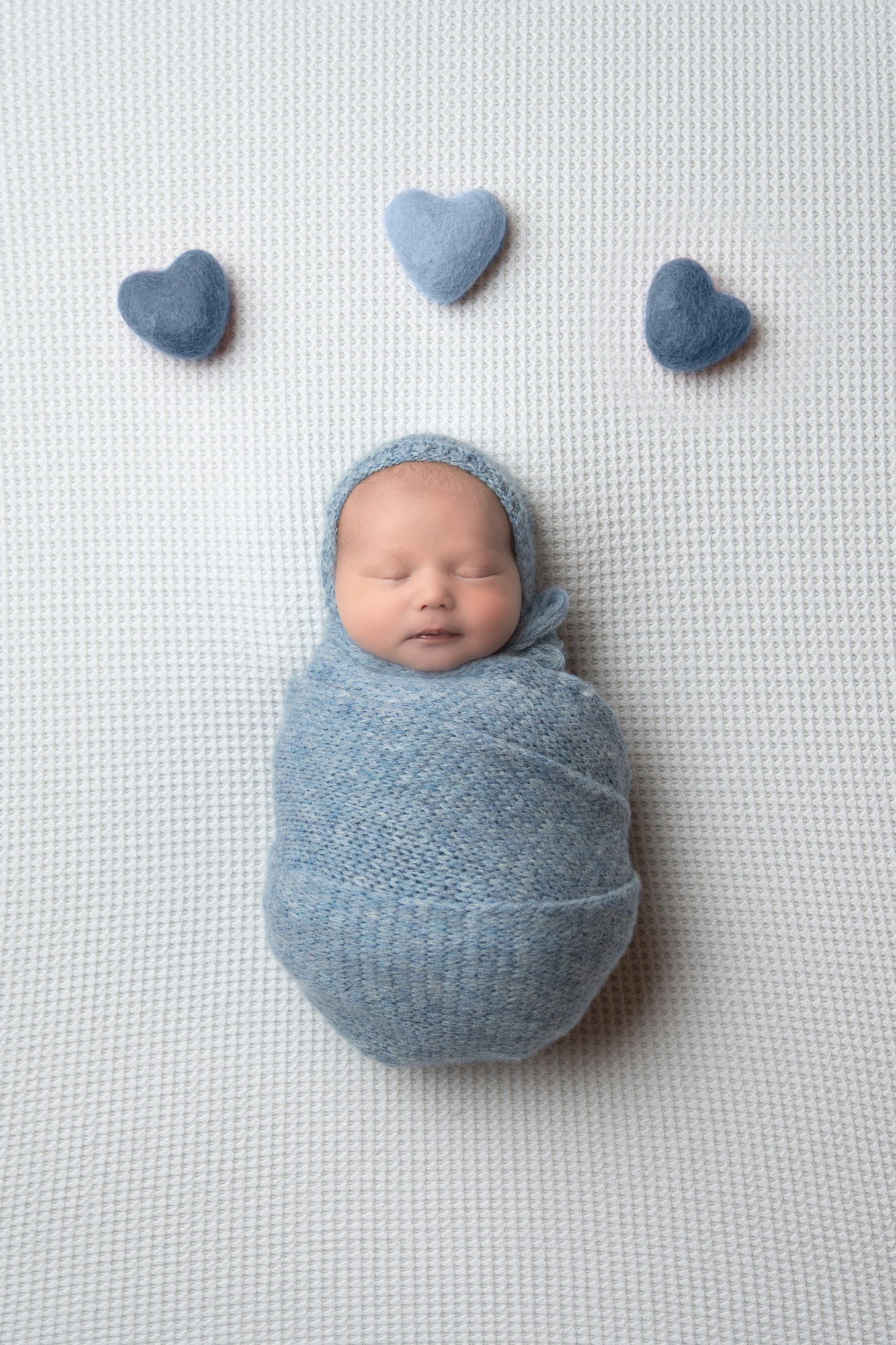
Temperature Control:
One of the most important factors in creating a comfortable home environment for your newborn is temperature control. Babies are unable to regulate their body temperature as effectively as adults, so it’s important to ensure that your home is kept at a consistent and comfortable temperature.
As a general rule, the ideal temperature range for newborns is between 68°F and 72°F (20°C and 22°C). However, it’s important to note that every baby is different, and you should monitor your child’s behaviour to determine if they are comfortable. Signs that your baby may be too hot or too cold include sweating, flushed cheeks, or shivering.
Here are some tips for regulating the temperature in your home:
- Use a reliable thermometer to monitor the temperature in your baby’s room. You can find a wide range of affordable and accurate digital thermometers online or at your local pharmacy.
- Dress your baby in appropriate clothing. Layers are key, as they allow you to add or remove clothing as needed. Avoid dressing your baby in too many layers, as this can lead to overheating.
- Use a baby sleep sack or swaddle to help regulate your baby’s body temperature. These products are designed to keep your baby warm and snug without the need for additional blankets.
- Invest in a good-quality humidifier. Winter air can be dry, which can lead to irritated skin and nasal passages. A humidifier will add moisture to the air, making it easier for your baby to breathe and helping to prevent dry skin.
By following these tips, you can create a warm and comfortable environment for your newborn that will help them sleep better and thrive. Remember to monitor your baby’s behaviour and adjust your temperature control strategies as needed
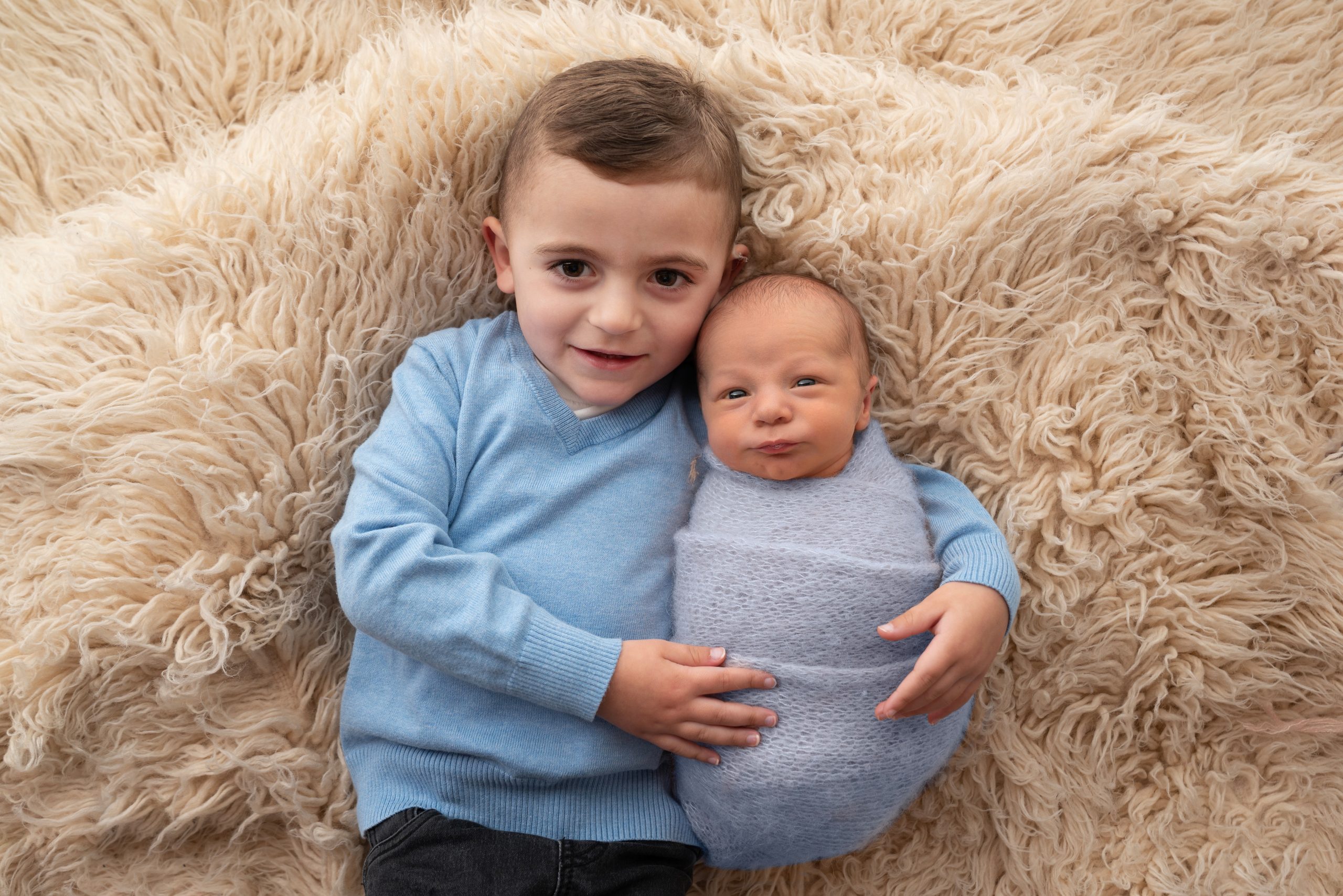
Humidity Control:
Humidity is another important factor in creating a comfortable home environment for your newborn, especially during the dry winter months. Babies are more susceptible to respiratory infections and skin irritations in dry environments, so it’s important to maintain optimal humidity levels in your home.
The ideal humidity range for newborns is between 40% and 60%. You can purchase a hygrometer, a device that measures humidity levels, to monitor the humidity in your baby’s room.
Here are some tips for adding moisture to the air:
- Use a humidifier. A humidifier adds moisture to the air, making it easier for your baby to breathe and helping to prevent dry skin. Be sure to clean your humidifier regularly to prevent the growth of bacteria and mold.
- Take a warm bath with your baby. Bath time is a great opportunity to add moisture to the air and soothe your baby. Just be sure to dry your baby thoroughly after the bath to prevent skin irritation.
- Use a saline nasal spray or drops. Winter air can dry out your baby’s nasal passages, making it harder for them to breathe. Saline nasal spray or drops can help moisturize the nasal passages and make breathing easier.
- Avoid over-drying your home. Central heating and air conditioning can dry out the air in your home, leading to dry skin and respiratory problems. Consider using a humidifier or opening windows to increase air circulation and reduce dryness.
By following these tips, you can help maintain a comfortable and healthy environment for your newborn in the dry winter months. Remember to monitor the humidity levels in your home and adjust your strategies as needed.
Clothing and Bedding:
Proper clothing and bedding are essential for creating a comfortable home environment for your newborn in winter. However, it’s important to strike the right balance between keeping your baby warm and preventing overheating, which can increase the risk of Sudden Infant Death Syndrome (SIDS).
Here are some tips for selecting clothing and bedding for your newborn in winter:
- Dress your baby in layers. Layers allow you to add or remove clothing as needed, depending on the temperature. Start with a onesie or undershirt, add a sweater or jacket, and top it off with a warm hat and mittens.
- Choose clothing made from breathable fabrics. Natural fabrics like cotton and bamboo are ideal, as they allow your baby’s skin to breathe and prevent overheating.
- Avoid using too many blankets. Instead, opt for a warm sleep sack or swaddle that will keep your baby snug and secure without the need for additional blankets.
- Use a firm and flat mattress. A firm and flat mattress is safest for your baby. Avoid using pillows, cushions, or stuffed animals in the crib.
By following these tips, you can ensure that your baby is warm, comfortable, and safe in their clothing and bedding during the winter months. Remember to monitor your baby’s behaviour and adjust their clothing and bedding as needed.
UK-based resources about Sudden Infant Death Syndrome (SIDS) that you may find helpful:
- The Lullaby Trust: The Lullaby Trust is a UK-based charity that provides support and advice to families affected by SIDS, as well as funding research into the causes and prevention of SIDS. They offer a range of resources and information on safe sleeping practices for babies, including a Safer Sleep for Babies guide: https://www.lullabytrust.org.uk/safer-sleep-advice/
- NHS: The National Health Service (NHS) provides guidance on reducing the risk of SIDS, including advice on safe sleeping positions, temperature control, and breastfeeding: https://www.nhs.uk/conditions/pregnancy-and-baby/reducing-risk-cot-death/
- Public Health England: Public Health England provides information on reducing the risk of SIDS, as well as resources for healthcare professionals: https://www.gov.uk/government/publications/reducing-the-risk-of-sudden-infant-death-syndrome-sids
It’s important to always consult with a healthcare professional for advice specific to your baby’s needs and circumstances.
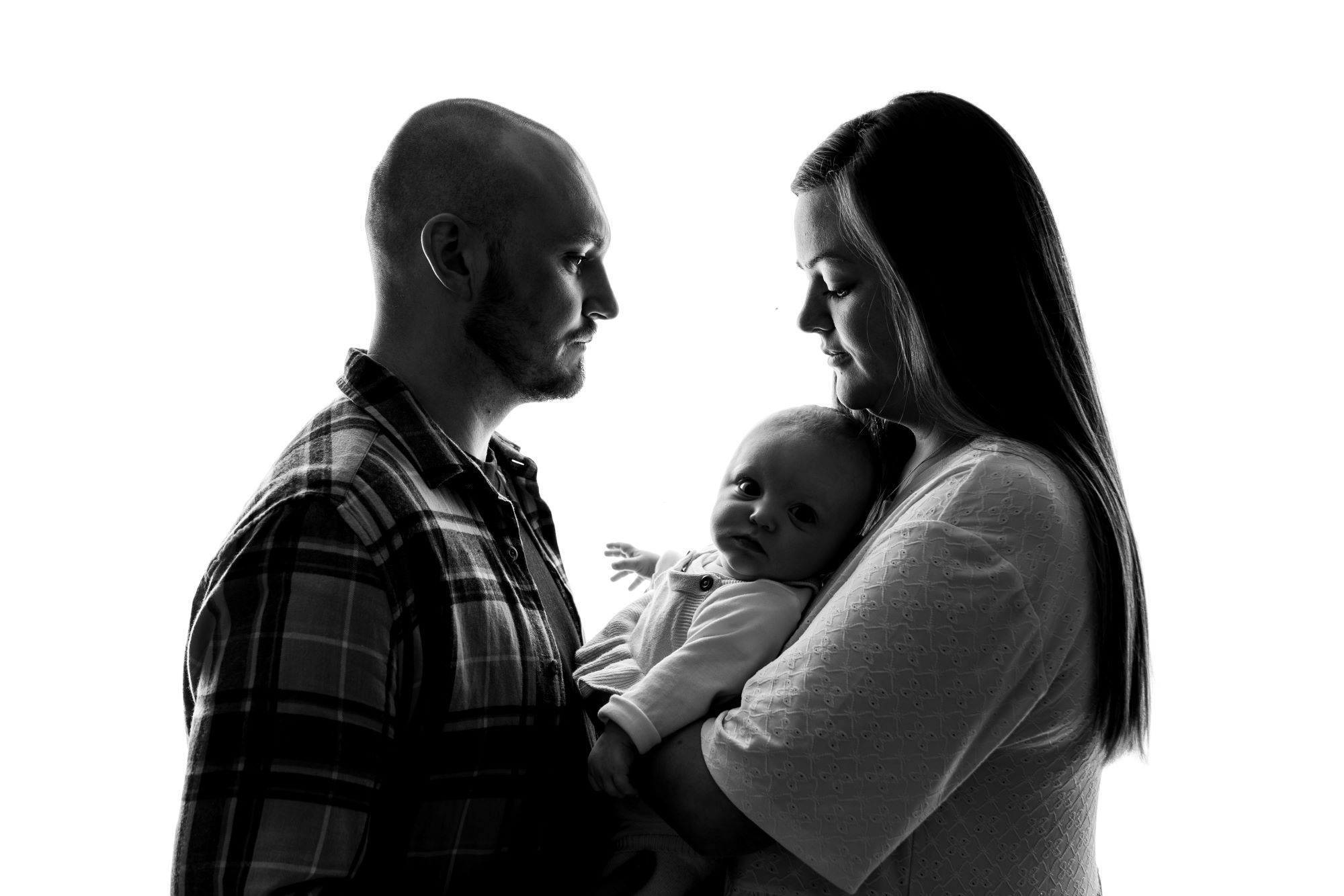
Indoor Air Quality:
Maintaining good indoor air quality is essential for creating a comfortable home environment for your newborn in winter. Poor indoor air quality can lead to respiratory problems, allergies, and skin irritations, so it’s important to take steps to improve the air quality in your home.
Here are some tips for improving indoor air quality:
- Keep your home clean. Regular cleaning can help reduce the amount of dust, pollen, and other allergens in your home. Vacuum carpets and rugs regularly, dust surfaces with a damp cloth, and use a HEPA air purifier to filter out pollutants.
- Avoid smoking inside. Secondhand smoke can be harmful to your baby’s health, so it’s important to avoid smoking inside your home. If you or someone in your household smokes, try to quit or smoke outside.
- Use natural cleaning products. Harsh cleaning chemicals can release harmful fumes into the air. Consider using natural cleaning products, such as vinegar and baking soda, to clean your home.
- Ventilate your home. Proper ventilation can help reduce indoor air pollutants. Open windows and doors, use exhaust fans in the bathroom and kitchen, and consider installing a heat recovery ventilation system.
- Test for radon. Radon is a naturally occurring gas that can be harmful to your health. You can purchase a radon testing kit online or at your local hardware store to test for radon levels in your home.
Remember to monitor your baby’s behaviour and consult with a healthcare professional if you have any concerns about their health or wellbeing.
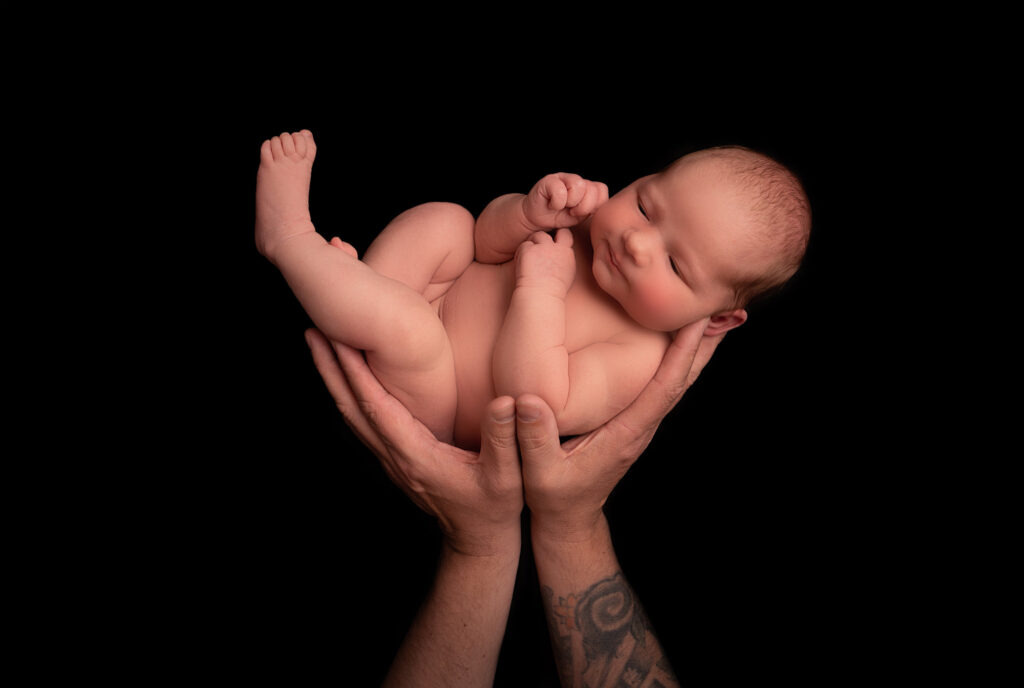
Creating a comfortable home environment for your newborn in winter can be challenging, but with the right strategies and tips, you can ensure that your little one stays warm, healthy, and happy. By regulating temperature and humidity, selecting appropriate clothing and bedding, ensuring safe sleeping, providing proper nutrition, and improving indoor air quality, you can create a nurturing and comfortable space for your baby.
At Lisa Scott Photography, we understand the importance of capturing the precious moments of your growing family. We offer both newborn sessions and maternity sessions in Rugby, providing a professional and personalised experience for families in and around the area. Our sessions are designed to capture the beauty and joy of this special time in your life, creating memories that will last a lifetime.
If you’re looking for a professional newborn or maternity photographer in Rugby, this is for you!
Lisa Scotto Photography spcialises in Newborn Sessions https://www.lisascottphotography.com/newborn-sessions-rugby/ and Maternity Photoshoots https://www.lisascottphotography.com/maternity-sessions-rugby/ for families in and around Rugby.
Thank you for reading, and we wish you all the best on your journey as a new parent!

